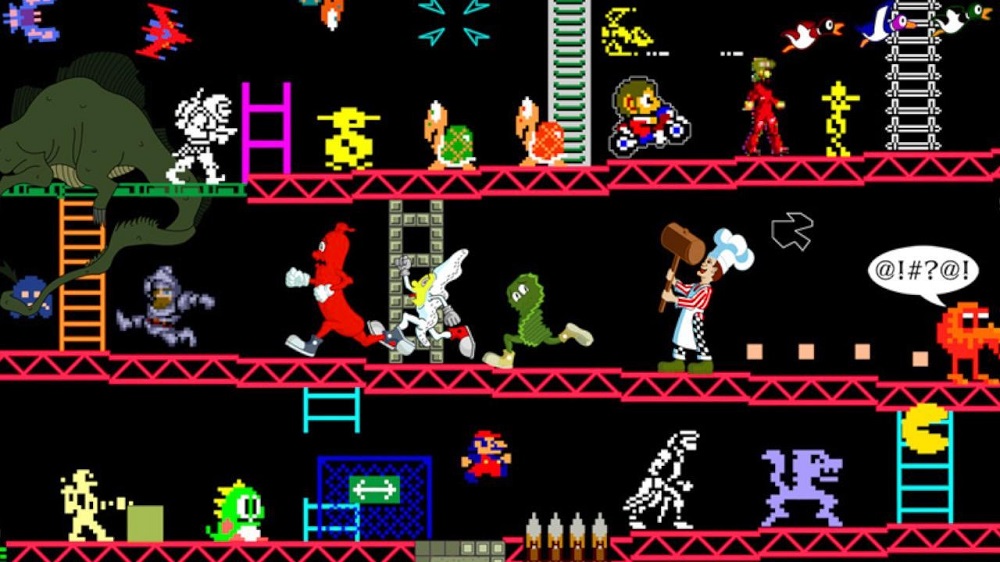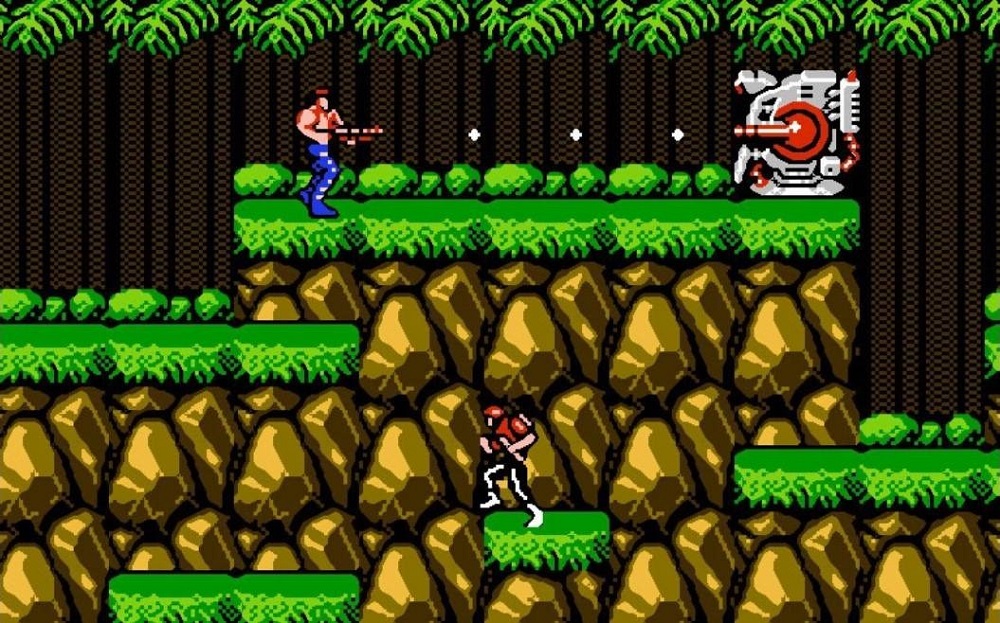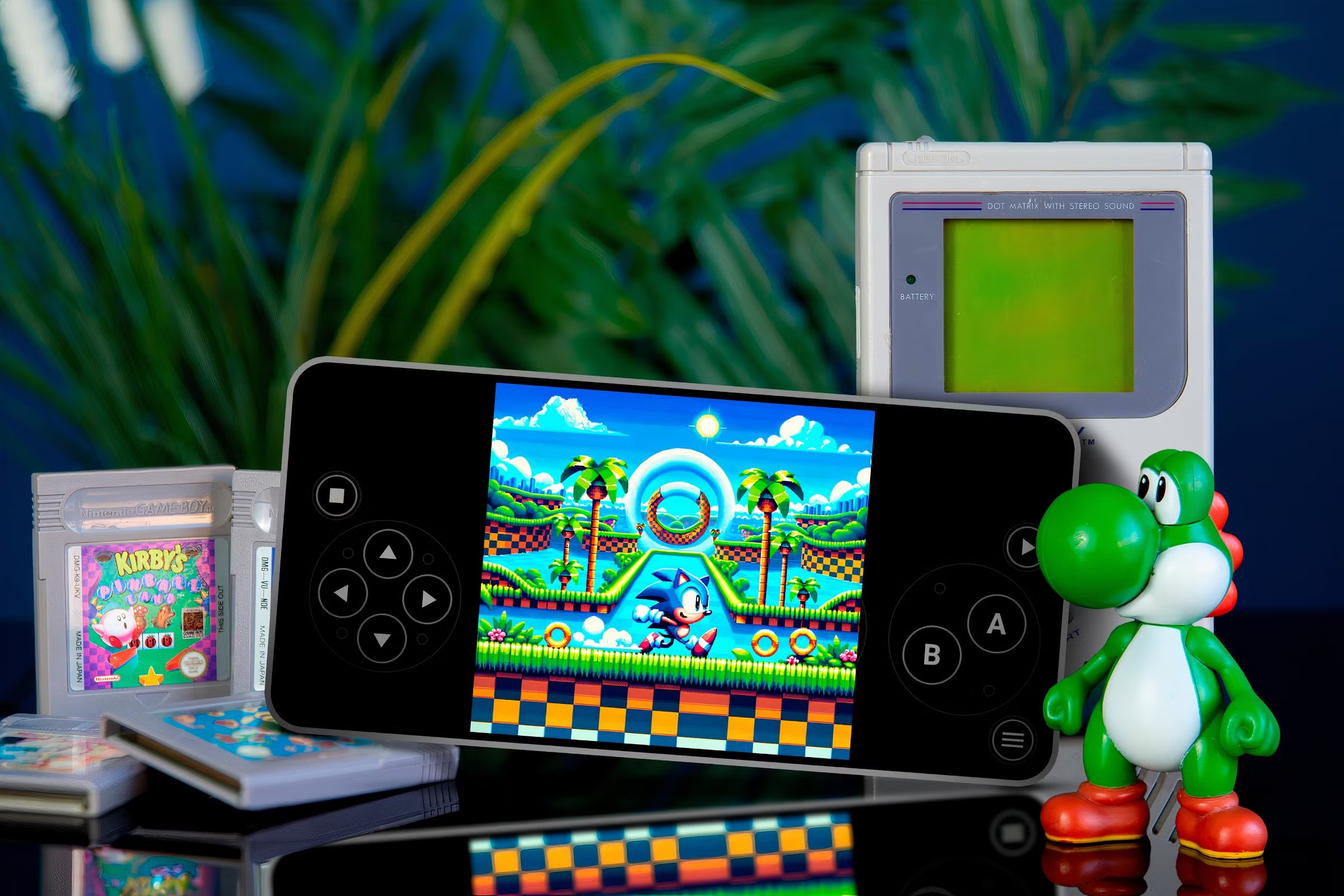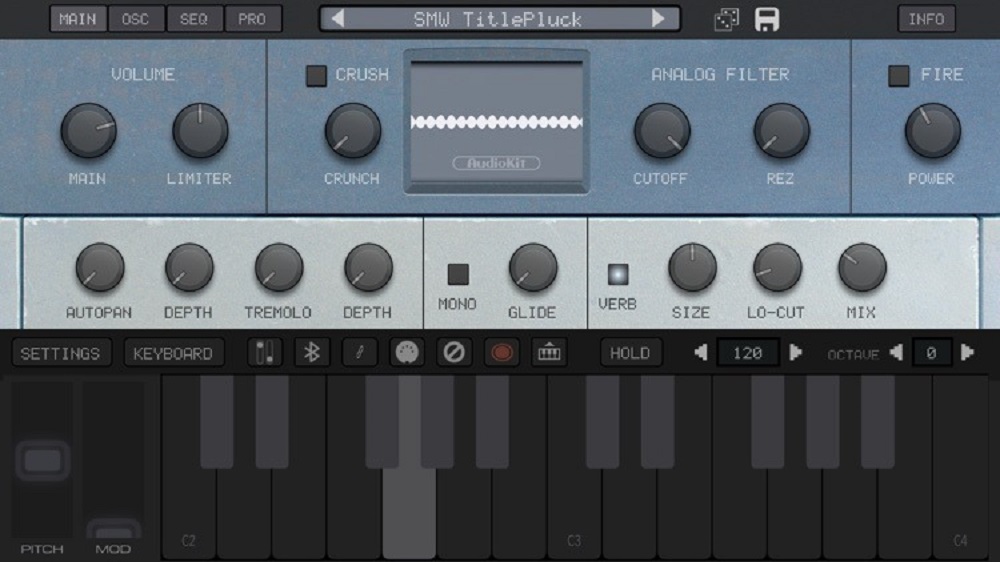When people talk about retro gaming, the same big names tend to come up — Super Mario Bros., The Legend of Zelda, Pac-Man, Sonic the Hedgehog. These games defined generations, but they also cast long shadows over countless other titles that were just as innovative, creative, and fun, yet slipped under the radar.
Some of these games were victims of poor timing, launching at the tail end of a console’s life cycle. Others were buried under aggressive marketing for bigger franchises. Some never made it outside their home countries, while others were ahead of their time and misunderstood by audiences.
We believe that revisiting these forgotten gems is one of the best parts of retro gaming. Not only do they offer fresh experiences, but they also show how diverse and experimental the industry once was. Here are ten underrated retro games that deserve a second look — and maybe a permanent spot in your collection.
1. Adventure Island IV (Famicom, 1994)
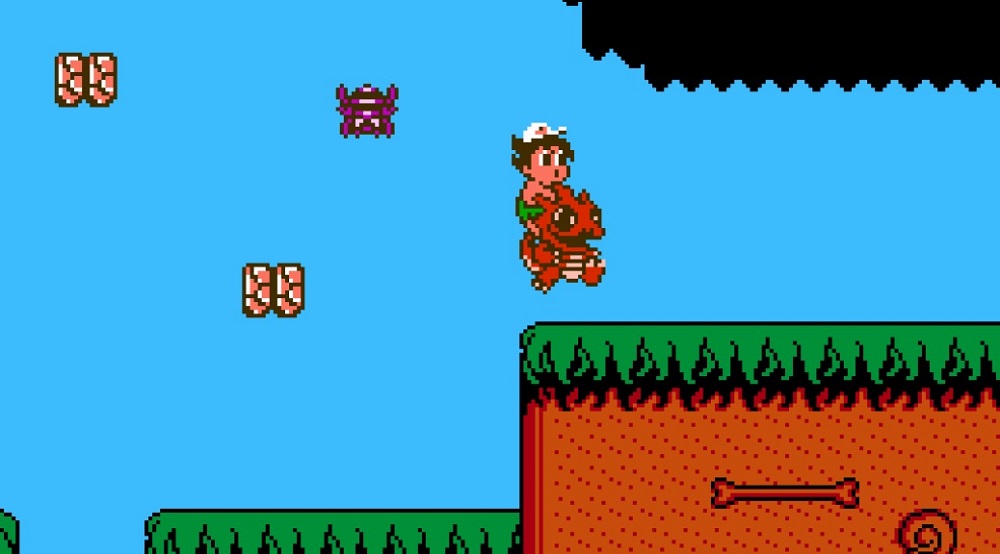
Released exclusively in Japan for the Famicom, Adventure Island IV was a bold departure from its predecessors. While earlier entries were straightforward platformers, this one added light RPG elements, open exploration, and item-based progression.
If you’re fascinated by the early days of platformer experimentation that followed the pioneering work of systems like Atari, you’ll appreciate how Adventure Island IV expanded a familiar formula.
Why it’s underrated: It launched in 1994, when the world’s attention had already shifted to the Super Famicom/SNES, making it invisible to many gamers outside Japan.
Replay value: Thanks to its non-linear world, revisiting this game offers new routes and hidden secrets each time.
2. Pulseman (Sega Mega Drive, 1994)
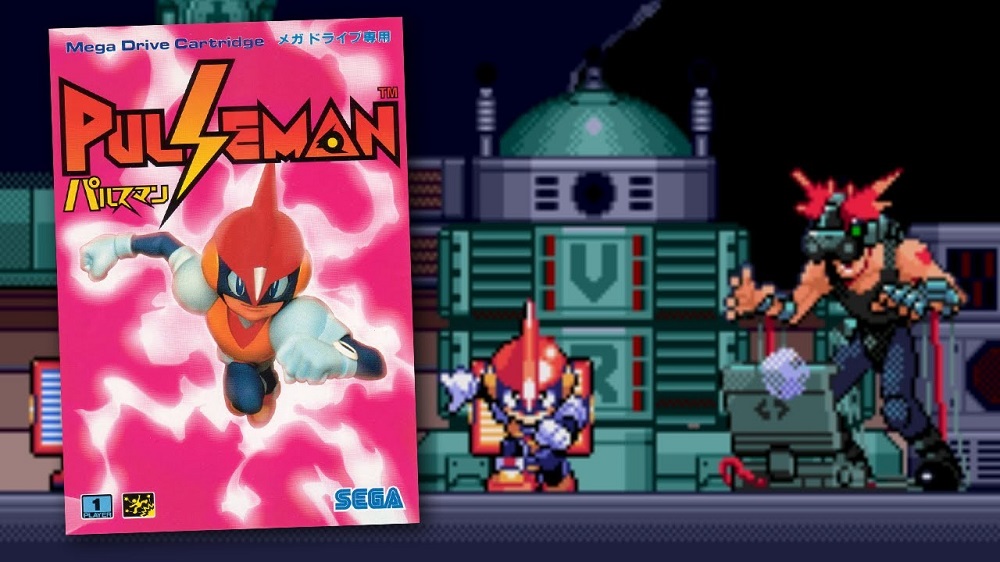
Before Game Freak became a household name with Pokémon, they released Pulseman — a vibrant, electric-themed action platformer with buttery-smooth controls. Players could dash, vault, and unleash devastating electric attacks across beautifully animated stages.
Its release during the height of the Sega vs. Nintendo rivalry meant it faced tough competition for attention.
Why it’s underrated: Limited to Japan and later to Sega Channel in North America, it never had a proper retail release outside its home country.
Replay value: Its fast-paced action and stylish boss fights make it a joy to revisit, especially with modern emulation.
3. Power Stone 2 (Dreamcast, 2000)
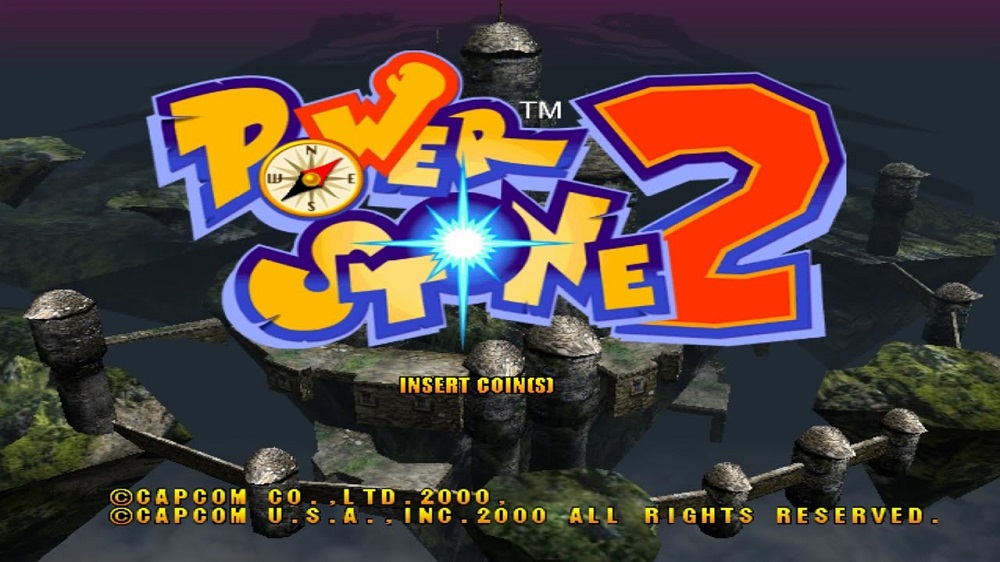
On the Dreamcast, Power Stone 2 brought chaotic, four-player arena battles to life with fully 3D interactive stages. Unlike traditional fighters, the arenas changed dynamically, forcing players to adapt on the fly.
The game’s party-friendly nature embodied the kind of creativity Sega poured into its final console (see Dreamcast: Sega’s Final Console and Its Legacy).
Why it’s underrated: Overshadowed by the launch of PlayStation 2 in the same year, despite being one of the most inventive multiplayer games of its era.
Replay value: Perfect for couch multiplayer sessions — its unpredictable stages mean no two matches are the same.
4. Shatterhand (NES, 1991)
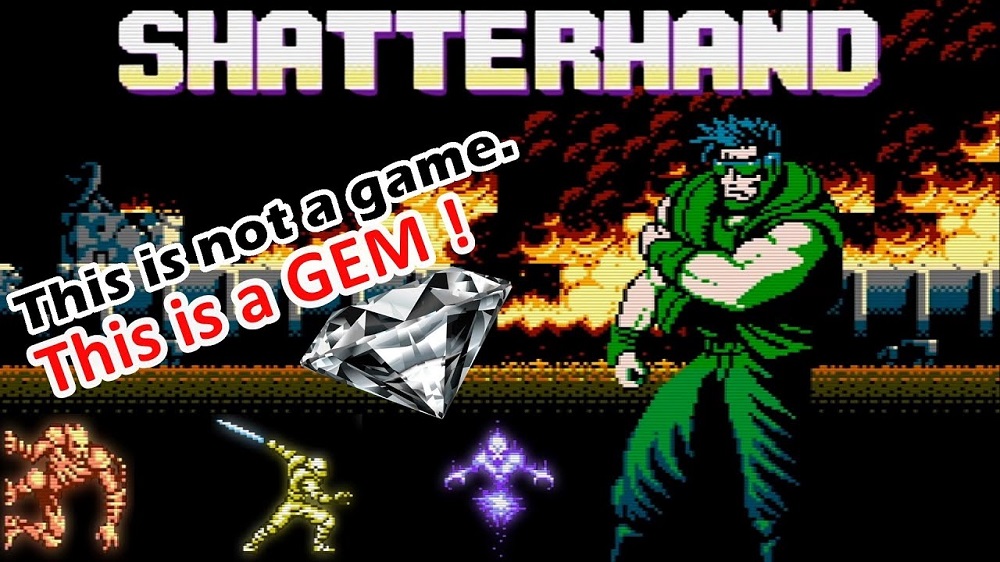
A hidden gem from Jaleco, Shatterhand combined sharp, responsive controls with a cybernetic fist-based combat system. Players could summon robotic companions that added variety to combat and strategy.
Why it’s underrated: Released after the SNES debuted, it struggled to find an audience despite critical praise.
Replay value: Mastering different robot companion combinations adds layers of depth for repeat playthroughs.
5. Ristar (Sega Genesis, 1995)
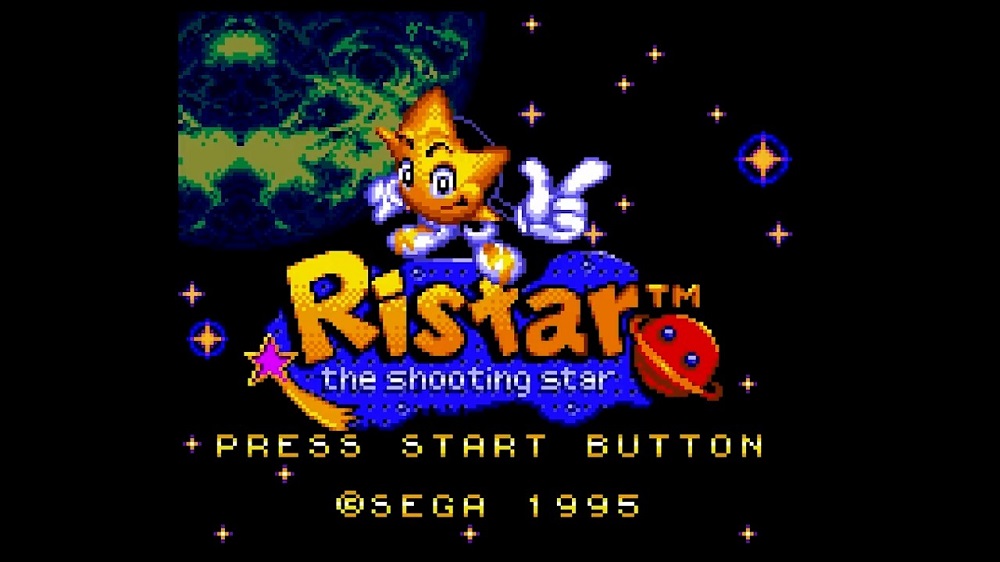
With extendable arms that let players grab enemies, swing across platforms, and fling themselves through the air, Ristar stood apart from typical platformers. Its colorful art and inventive level design showed Sega’s flair for creativity.
Why it’s underrated: Released during the Sega Saturn launch window, it was overshadowed by 32-bit hype.
Replay value: Its whimsical levels and multiple routes encourage replaying for better scores and hidden items.
6. Terranigma (SNES, 1995)
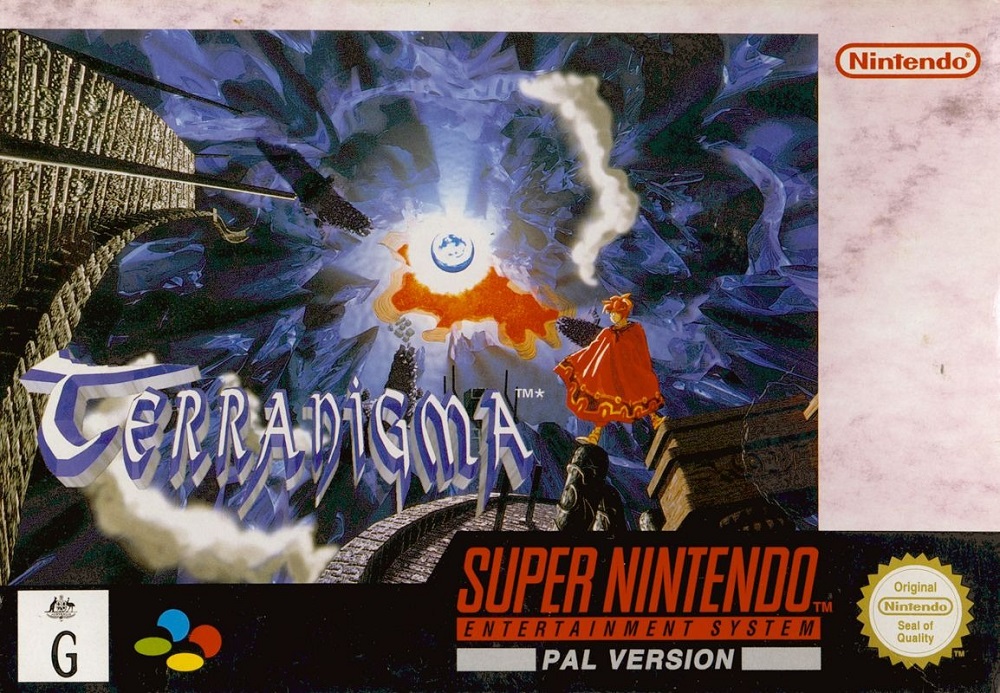
This action RPG told an epic story about resurrecting the world after a great calamity. With gorgeous sprite work, emotional storytelling, and fast-paced combat, it was an instant classic — at least in the regions that got it.
Why it’s underrated: Never officially released in North America, severely limiting its audience.
Replay value: The branching narrative and rich atmosphere make it worth playing multiple times.
7. Little Samson (NES, 1992)
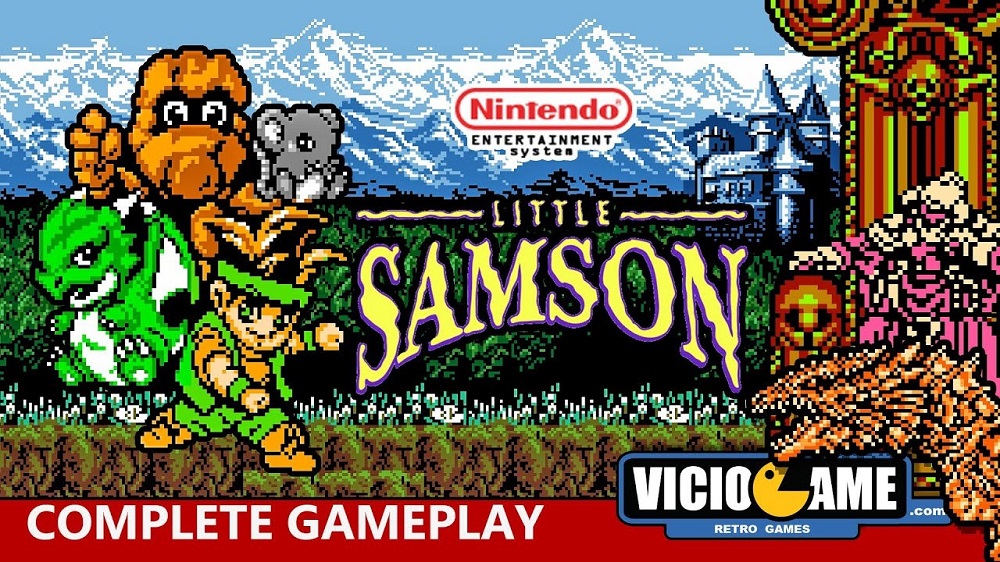
With four distinct playable characters — each with unique abilities — Little Samson pushed the NES hardware to its limits in both graphics and gameplay variety.
Why it’s underrated: Came out late in the NES’s lifespan, making it rare and expensive to find today.
Replay value: Switching between characters on the fly adds tactical depth, making each run feel fresh.
8. Rocket Knight Adventures (Sega Genesis, 1993)
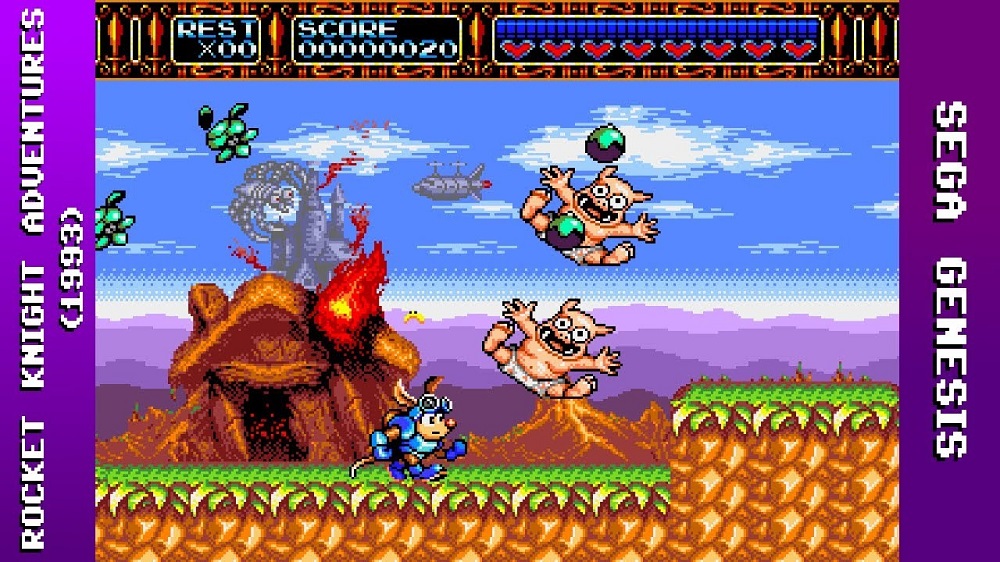
An opossum knight with a jetpack might sound odd, but Rocket Knight Adventures made it charming. Players dashed, slashed, and flew through inventive stages packed with variety.
Why it’s underrated: Released during Sonic’s peak popularity, it didn’t get the marketing push it needed.
Replay value: Its brisk pacing and clever level transitions make it endlessly replayable.
9. Einhänder (PlayStation, 1997)
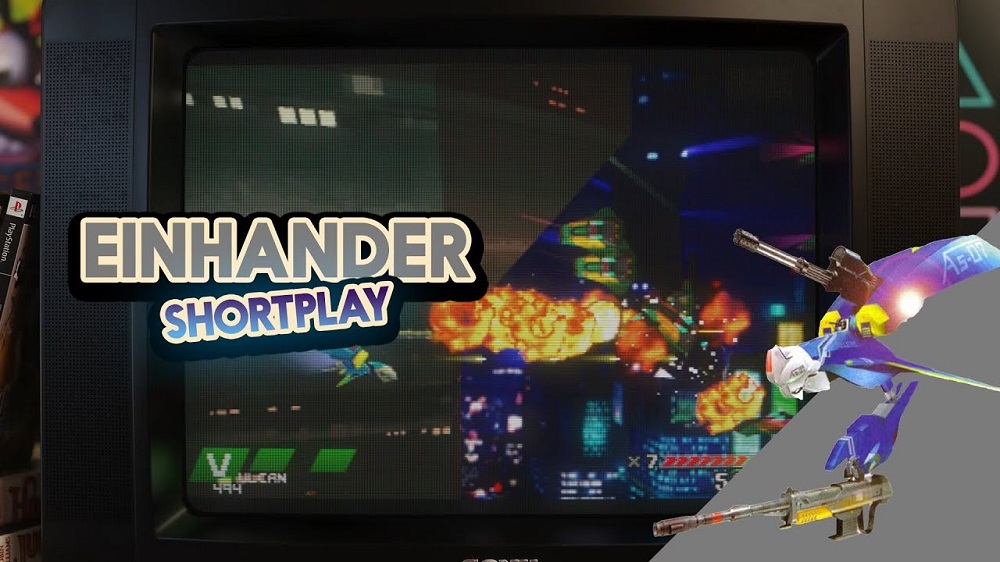
Square’s venture into the shoot-’em-up genre was visually stunning, featuring dynamic camera angles and a unique weapon system that allowed players to steal enemy gear.
Why it’s underrated: Square was synonymous with RPGs, so fans didn’t expect or notice this shooter.
Replay value: Its multiple difficulty settings and weapon loadouts offer strong replay incentives.
10. Mischief Makers (Nintendo 64, 1997)
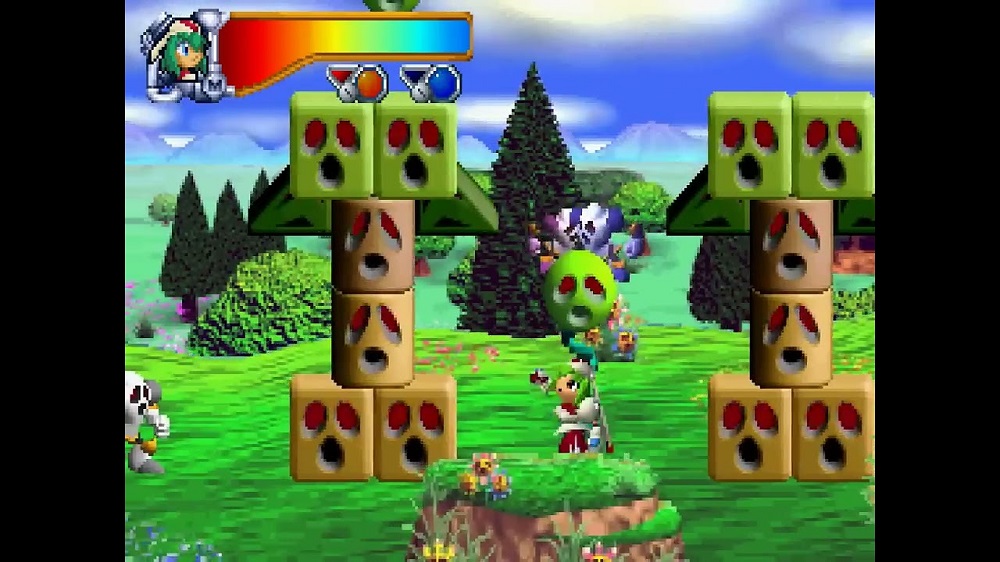
One of the few 2D platformers on the Nintendo 64, this Treasure-developed title used a “grab and shake” mechanic to solve puzzles and defeat enemies.
Its uniqueness stood out in a generation obsessed with 3D worlds (read more in Nintendo 64 and the Leap to 3D Gaming).
Why it’s underrated: The shift to 3D gaming made many players overlook it.
Replay value: Hidden collectibles and quirky humor keep it engaging on repeat plays.
These titles prove that gaming’s golden era wasn’t just about the blockbusters — it was also about risk-taking, experimentation, and pushing consoles in unexpected directions. Many of them paved the way for mechanics and styles we take for granted today.
By revisiting them, we’re not just indulging in nostalgia; we’re also preserving the diversity and creativity that made retro gaming so special.
